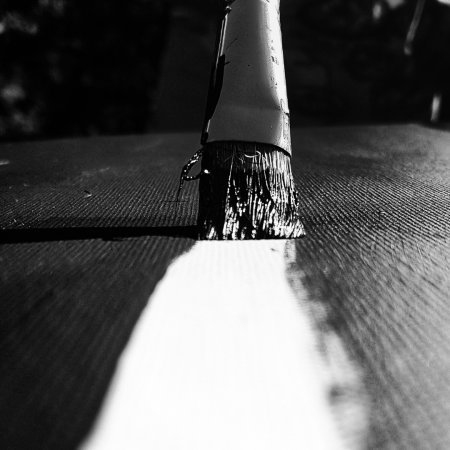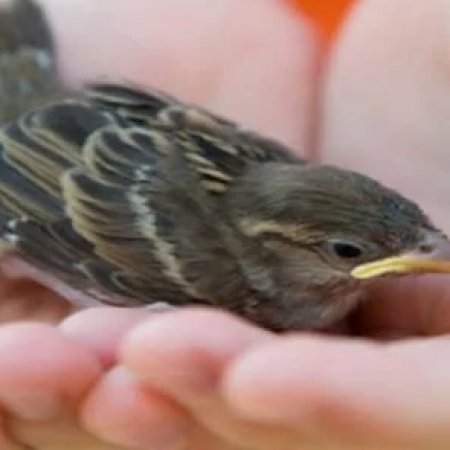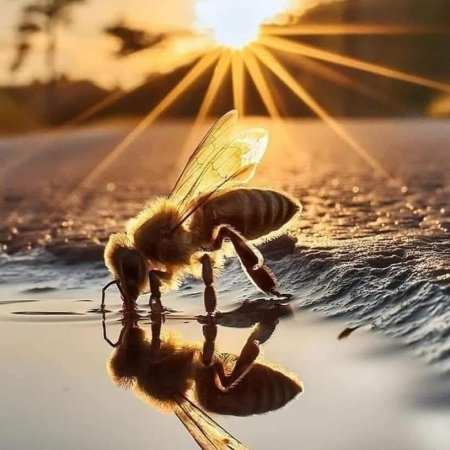
Birds Evolved from Dinosaurs: The Theropod Connection - The Deep Talk
Host:-
 Dr. Sandeep Kaur
Dr. Sandeep Kaur
 Gautam Kapil
Gautam Kapil
Discover how birds evolved from theropod dinosaurs in the Jurassic Period. Explore fossil evidence like Archaeopteryx and the evolution of flight. Learn more today!
Table of Contents
- Introduction
- What Are Theropod Dinosaurs?
- When Did Birds Evolve from Dinosaurs?
- How Does Fossil Evidence Show the Link Between Dinosaurs and Birds?
- The Role of Archaeopteryx in Bird Evolution
- Why Did Feathers Evolve in Theropods?
- The Evolution of Flight: From Gliding to Soaring
- Recent Discoveries in 2025 Shedding New Light
- How Birds Survived While Other Dinosaurs Went Extinct
- Modern Birds: Living Dinosaurs Among Us
- Key Takeaways
- FAQ
Introduction
Picture this: a ferocious T. rex chasing prey, but fast-forward millions of years, and its descendants are chirping in your backyard. That's the wild truth of evolution—birds evolved from dinosaurs, specifically a group of bipedal, carnivorous ones called theropods. In this article, we'll unpack how birds evolved from dinosaurs during the Jurassic Period, spotlighting fossil evidence like the feathered dinosaur Archaeopteryx. As a paleontology enthusiast who's pored over countless fossils and studies, I can say this journey from ground-dwelling predators to sky-soaring avians is one of science's most thrilling tales, packed with insights for anyone curious about our planet's history.
What Are Theropod Dinosaurs?
Theropods were a diverse group of dinosaurs that walked on two legs, much like modern birds do. Think of iconic ones like Velociraptor or Tyrannosaurus rex—they were agile, meat-eating hunters with sharp claws and keen senses. Emerging around 230 million years ago in the Triassic Period, theropods dominated as top predators.
What sets them apart? Hollow bones for lightness, three-toed feet, and in some, early feather-like structures. These traits didn't just help them hunt; they laid the groundwork for bird evolution. By the Jurassic, around 160 million years ago, some theropods started showing bird-like features, blurring the line between dinosaur and avian.
When Did Birds Evolve from Dinosaurs?
Birds evolved from dinosaurs around 160 to 150 million years ago during the Jurassic Period. This wasn't an overnight change but a gradual process where certain theropods adapted over generations.
The timeline starts with small, feathered theropods in what's now China and Europe. By the late Jurassic, creatures like Archaeopteryx appeared, showcasing the transition. Fast-forward to the Cretaceous, and more advanced birds coexisted with non-avian dinosaurs until the mass extinction 66 million years ago.
Recent data from 2025 studies, including a Jurassic fossil from China, pushes the origin back slightly, suggesting birds arose 172-164 million years ago. This refines our understanding of when flight-capable avians first took off.
How Does Fossil Evidence Show the Link Between Dinosaurs and Birds?
Fossil evidence is the smoking gun in this evolutionary story. Sites like Germany's Solnhofen limestone and China's Liaoning Province have yielded treasures showing the dino-bird connection.
Key fossils include Microraptor, a four-winged theropod that glided, and Anchiornis, with colorful feathers. These share skeletal features with birds: fused collarbones (wishbones), reduced tails, and air sacs in bones for efficient breathing.
Statistics from paleontological databases show over 50 feathered dinosaur species discovered since 1996, with 2025 adding more like a tiny bone rewriting flight origins. Sources like the Natural History Museum confirm theropods as bird ancestors.
The Role of Archaeopteryx in Bird Evolution
Archaeopteryx, discovered in 1861, is the poster child for bird evolution. This pigeon-sized creature from 150 million years ago had teeth, claws, and a long tail like dinosaurs, but feathers and wings like birds.
It bridged the gap, showing asymmetrical flight feathers for powered flight, though likely short bursts. The "Chicago Archaeopteryx" from 2025, the smallest specimen, reveals insights into pennaceous feathers' evolution.
Debates rage: Was it a true bird or transitional dino? Consensus leans toward basal avialan, kickstarting the avian lineage.
Why Did Feathers Evolve in Theropods?
Feathers didn't start for flight—they likely provided insulation for small theropods in cooler climates. Early filaments on dinosaurs like Sinosauropteryx were simple, hair-like structures for warmth or display.
Over time, they branched into complex vanes. In theropods like Caudipteryx, feathers aided courtship or camouflage. By Archaeopteryx's era, they enabled gliding, then flight.
A 2025 study on melanosomes in fossils shows black feathers strengthened wings, mirroring modern birds. This adaptation boosted survival, leading to diverse uses.
The Evolution of Flight: From Gliding to Soaring
Flight evolved gradually. Early theropods like Microraptor used four wings to glide from trees, a "trees-down" theory supported by fossils.
Wing structures developed from forelimbs, with wrist bones adapting for flapping—as per a 2025 Yale study on dinosaur wrists linking to bird flight.
By the Cretaceous, true powered flight emerged, aided by lighter bones and stronger muscles. Modern birds refined this with keeled sternums for muscle attachment.
Recent Discoveries in 2025 Shedding New Light
2025 has been a banner year for paleo finds. A tiny dinosaur bone rewrote flight origins, showing brain enlargement and posture changes in theropods.
An Antarctic bird skull illuminated early avian evolution post-dinosaurs. Chinese Jurassic fossils extended bird origins to 172 million years ago.
These, from journals like Nature, reinforce theropod-bird links with new anatomical data.
How Birds Survived While Other Dinosaurs Went Extinct
The asteroid impact 66 million years ago wiped out non-avian dinosaurs, but birds endured. Why? Small size, varied diets, and flight allowed escape and adaptation.
Beaked birds like early enantiornithines diversified quickly. Post-extinction, they filled niches, leading to over 10,000 species today.
Data from the Paleobiology Database shows avian radiation post-K-Pg event.
Modern Birds: Living Dinosaurs Among Us
Today's birds—from eagles to penguins—are theropod descendants. Traits like hollow bones and high metabolism echo dinosaur ancestors.
Examples: The hoatzin chick's wing claws recall Archaeopteryx. Parrots and chickens trace to coelurosaurs.
This connection reframes birdwatching as dino-spotting.
What's your favorite "living dinosaur"? Share in the comments—I'd love to discuss!
For more prehistoric insights, check our articles on Dinosaur Extinction Causes or Feathered Dinosaurs Discoveries. Explore the Natural History Museum's dino exhibits here. Dive into Wikipedia's origin of birds page here.
Key Takeaways
- Birds evolved from theropod dinosaurs in the Jurassic, around 160-150 million years ago.
- Fossils like Archaeopteryx show feathers and wings bridging dinos and birds.
- Feathers started for insulation, evolving into flight tools.
- 2025 discoveries refine timelines and anatomy links.
- Birds survived extinction due to adaptability, becoming diverse "living dinosaurs."
FAQ
What are theropod dinosaurs?
Theropods were bipedal, carnivorous dinosaurs like T. rex, ancestors to birds with features like hollow bones and claws.
When did birds evolve from dinosaurs?
Birds evolved from theropods during the Jurassic Period, around 160-150 million years ago, with early forms like Archaeopteryx.
How does Archaeopteryx link dinosaurs and birds?
Archaeopteryx had dinosaur traits like teeth and a tail but bird-like feathers and wings, showing the evolutionary transition.
Why did feathers evolve in dinosaurs?
Feathers likely started for insulation in theropods, later adapting for display and flight.
What is the evidence for bird evolution from dinosaurs?
Fossils with shared features, like feathered theropods, and 2025 studies on bones and brains confirm the link.
How did flight evolve in birds?
From gliding in tree-dwelling theropods to powered flight via wing and wrist adaptations over millions of years.
Are modern birds considered dinosaurs?
Yes, birds are the only surviving theropod dinosaurs, often called "avian dinosaurs."
Got more questions? Comment below—let's geek out over dinos!
What's Your Reaction?
































































































